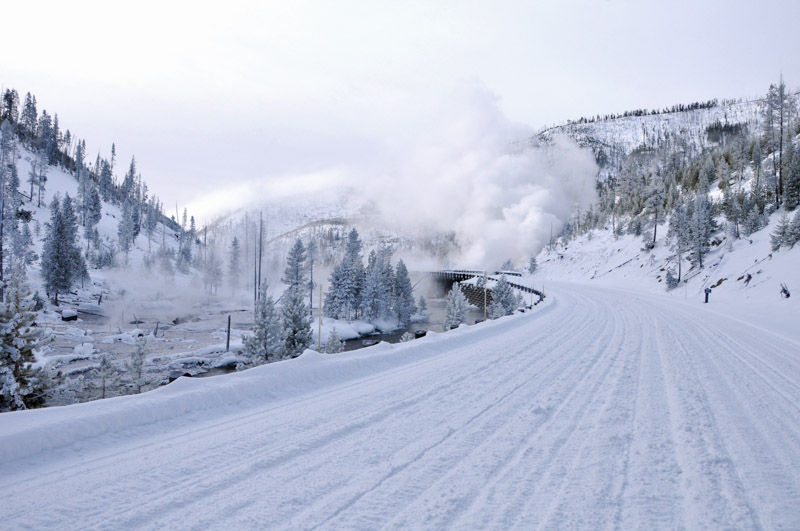croman
Well-Known Member
My b-pillars are also fine. Trust me when I say its a non-issue other than the BUC (or radar). Only a few people have any issues and nothing is perfect. But its a non-issue (and I'm quite clear when something is an issue).
I've driven almost 10k winter miles through many (maybe 10 now) big snowstorms and I've had 2 radar failures and both were for 10-15 miles (10-15 minutes). Was it inconvenient? Yes. Was I prepared to take over -- yes because the conditions weren't great I was already giving the system a short leash so it was fairly seamless once the emergency klaxons started firing.
It really isn't an issue.
@mknox -- It won't be an issue. Even if the BUC is splashed the water clears and it can see (not that BUC is particularly useful (and its currently unused for AP)).
The repeaters are protected and heated and B-pillars mostly stay clean (they are enclosed in glass and apparently heated though very weakly).
I haven't had a chance to wash my car in 3 weeks (Its been scary cold). Even my BUC is harder to see out of but not completely blocked or useless. Just maintain and it'll be fine. Even in this extreme situation its fine. I don't doubt some catastrophic incident might occur, but nothing is infallible, even Elon.
I've driven almost 10k winter miles through many (maybe 10 now) big snowstorms and I've had 2 radar failures and both were for 10-15 miles (10-15 minutes). Was it inconvenient? Yes. Was I prepared to take over -- yes because the conditions weren't great I was already giving the system a short leash so it was fairly seamless once the emergency klaxons started firing.
It really isn't an issue.
@mknox -- It won't be an issue. Even if the BUC is splashed the water clears and it can see (not that BUC is particularly useful (and its currently unused for AP)).
The repeaters are protected and heated and B-pillars mostly stay clean (they are enclosed in glass and apparently heated though very weakly).
I haven't had a chance to wash my car in 3 weeks (Its been scary cold). Even my BUC is harder to see out of but not completely blocked or useless. Just maintain and it'll be fine. Even in this extreme situation its fine. I don't doubt some catastrophic incident might occur, but nothing is infallible, even Elon.



